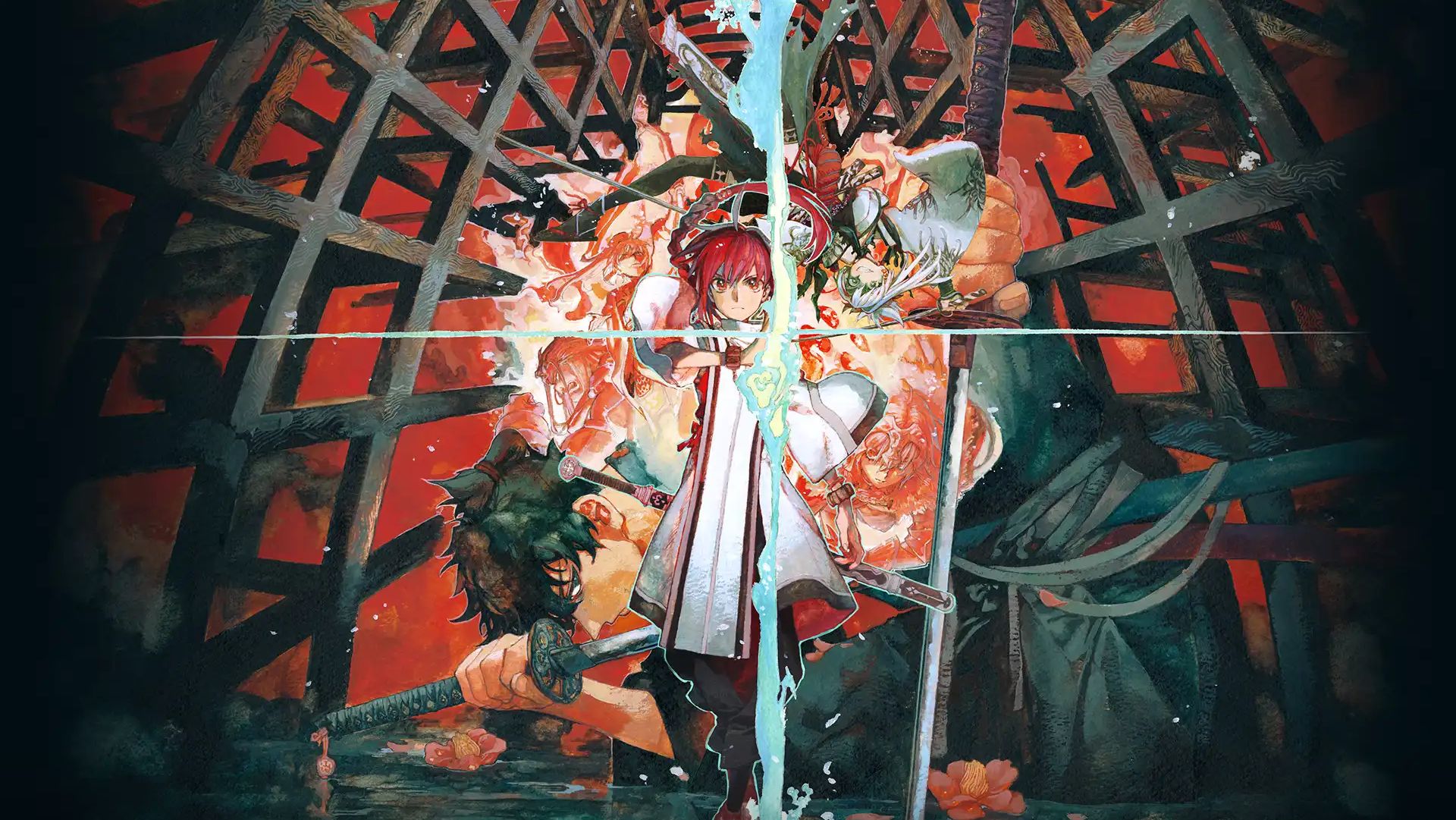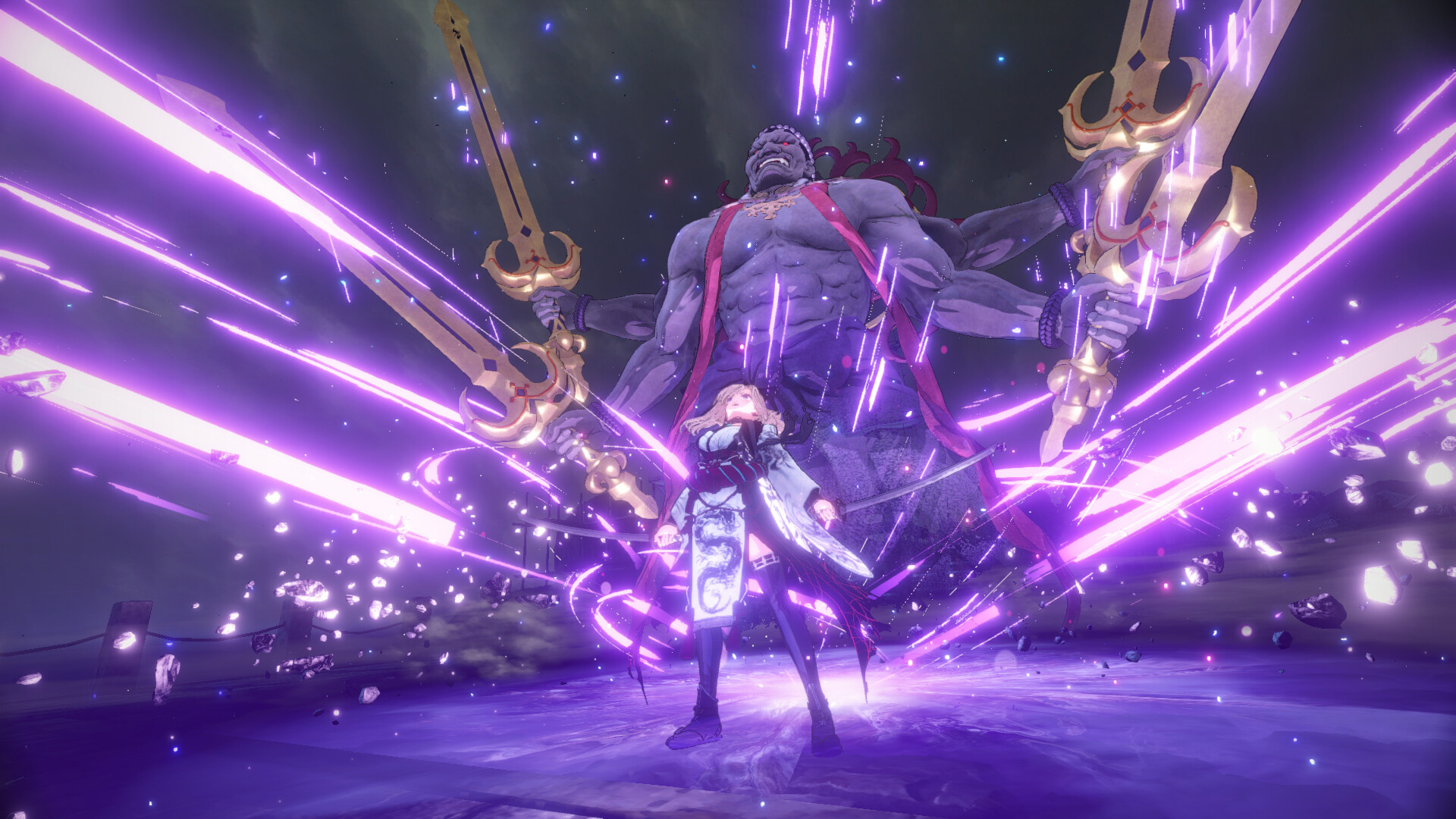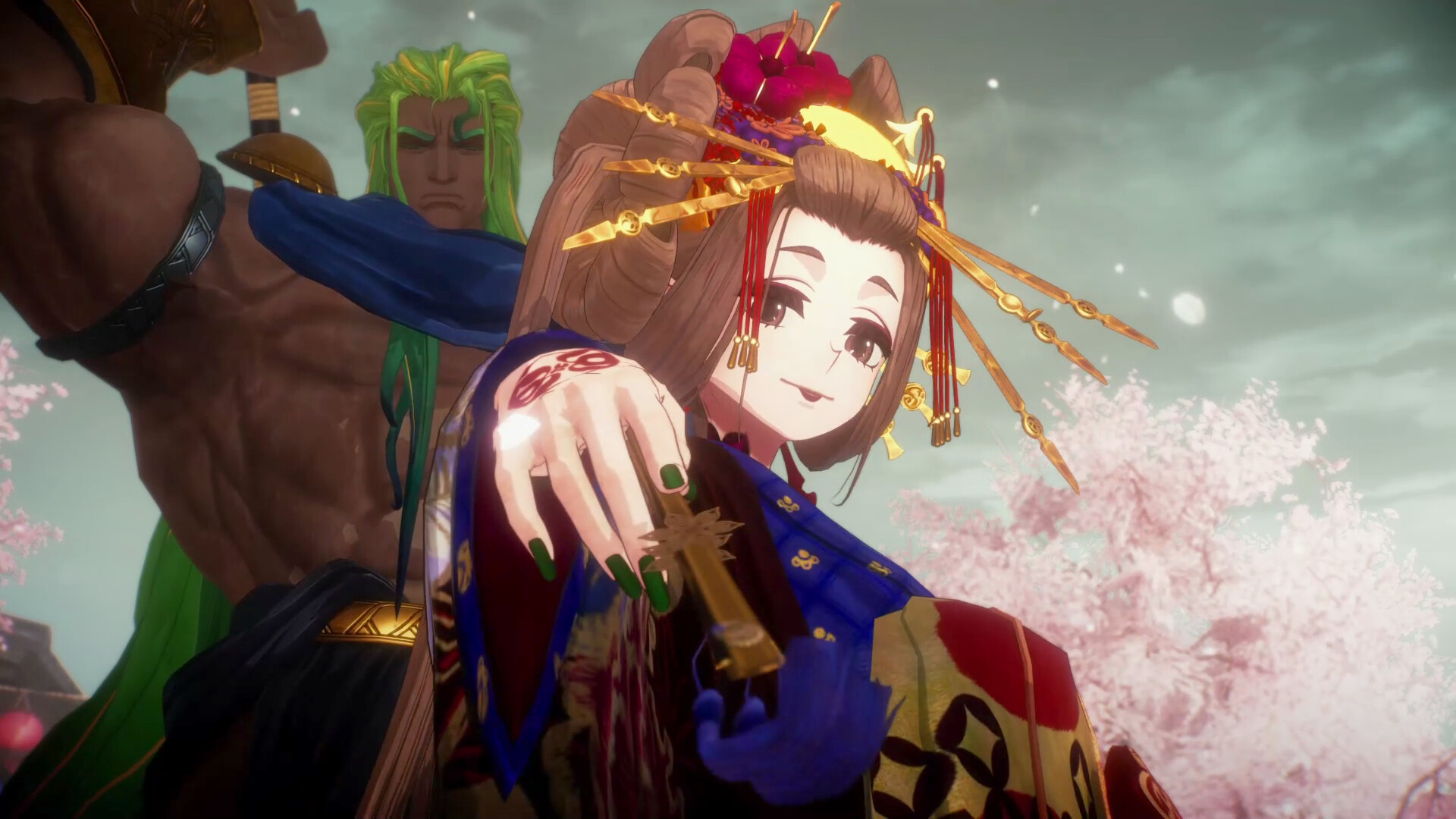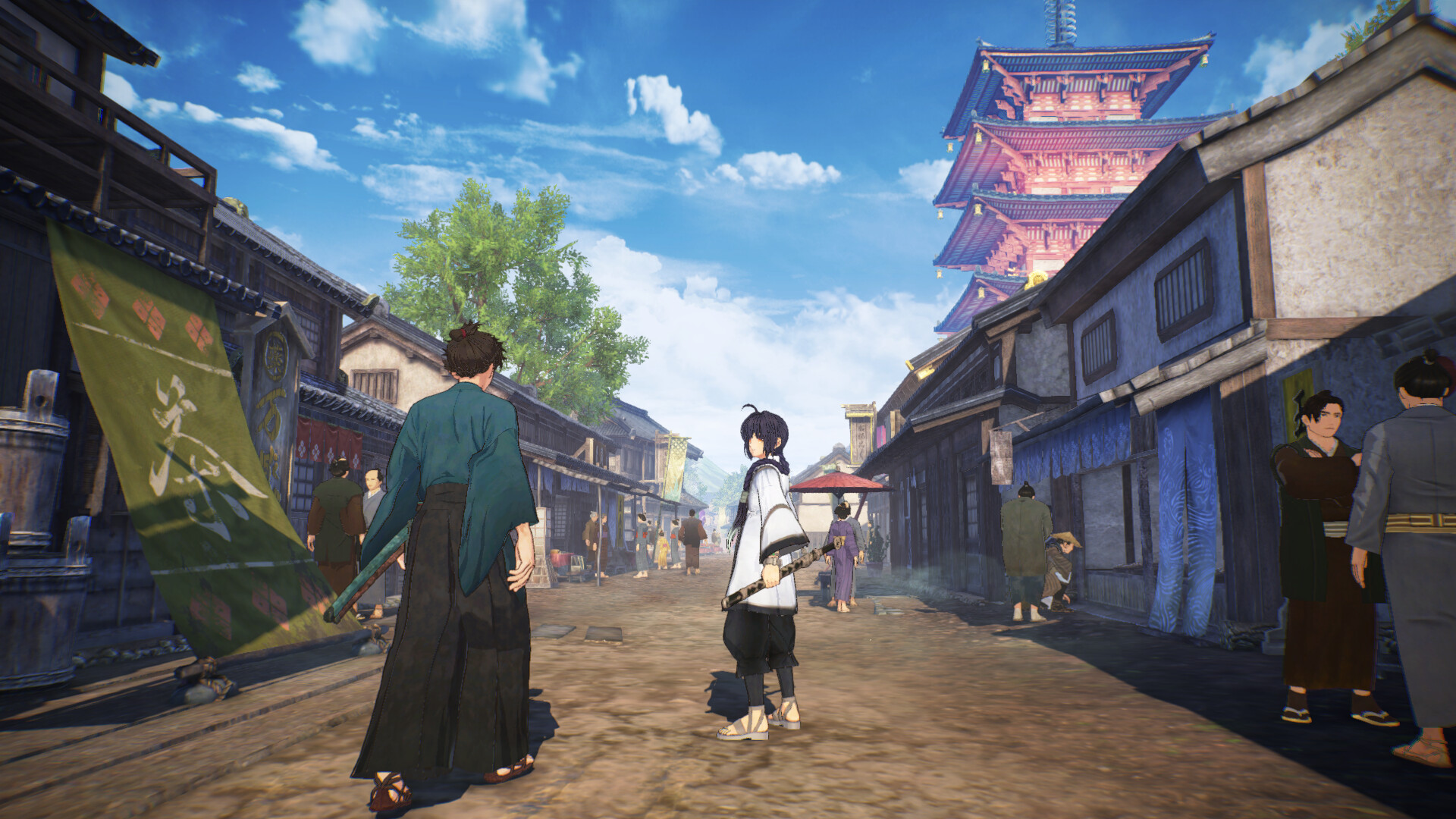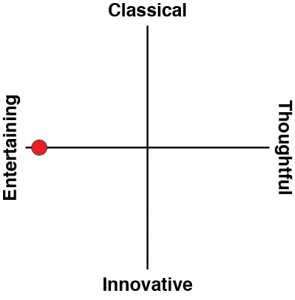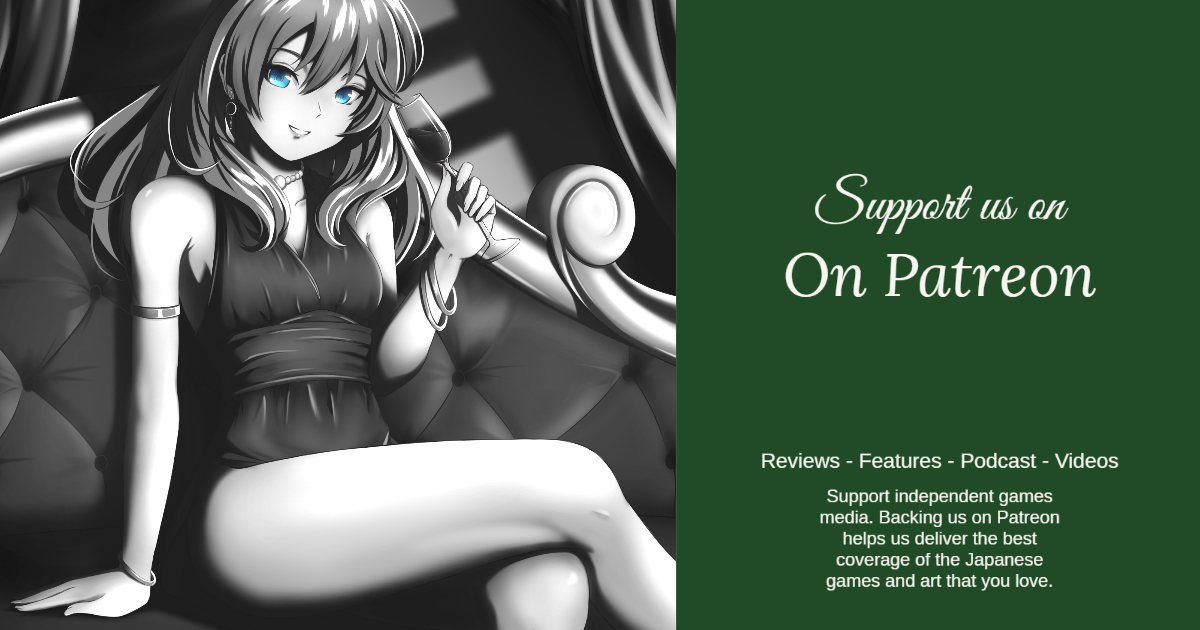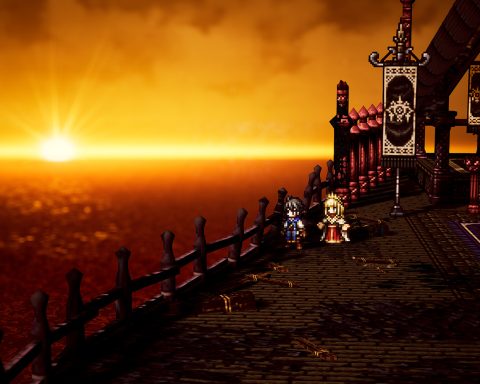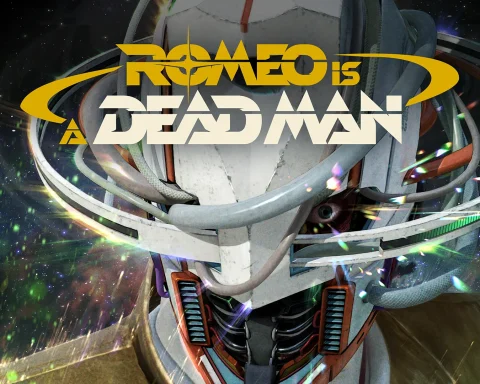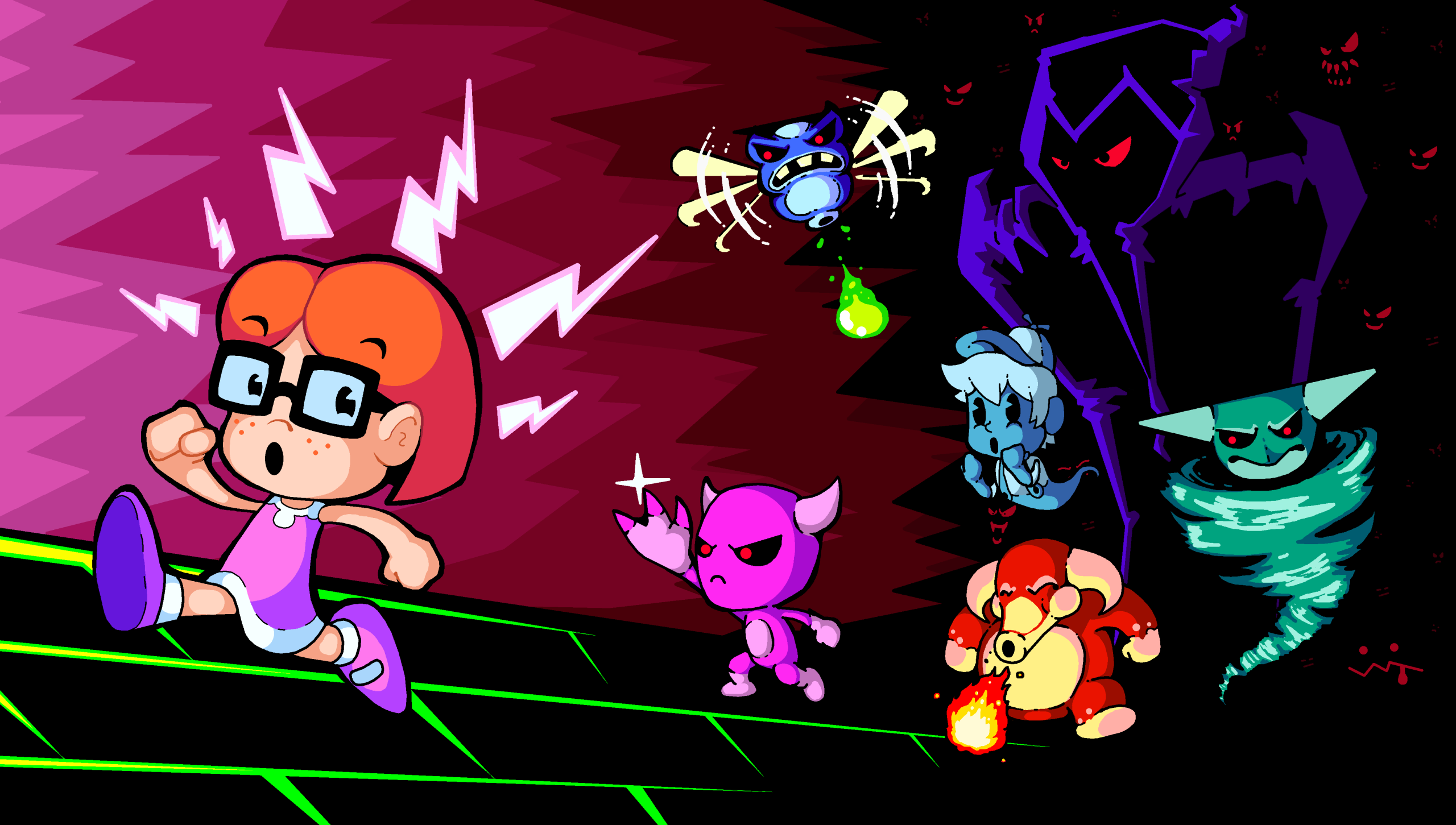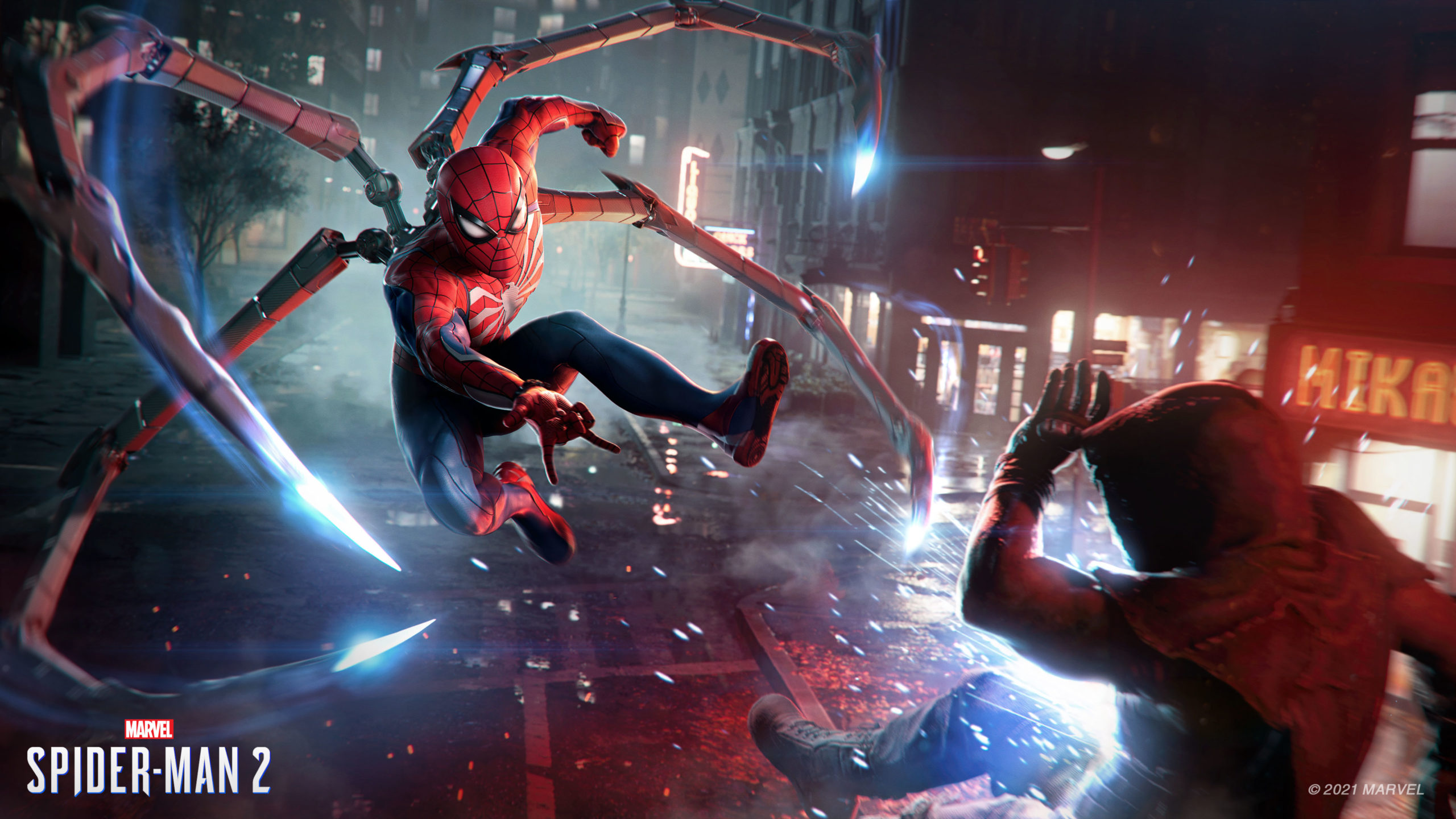Type-Moon’s Fate series was right up there with the franchises I wanted to see Koei Tecmo apply its Musou formula to. In fact, I raised it with the developer several times when I’ve had interview opportunities, so I’m claiming the existence of Fate/Samurai Remnand as my victory (which also bodes well for my frequent requests for a Sailor Moon Musou – time to ramp up the pressure!). That this is one of the best “Musou” games ever made is the icing on the cake.
It’s not the most traditional Musou game. A little like Persona 5 Strikers, Koei Tecmo has instead used the Musou combat system to underpin something much broader in scope. Persona 5 Strikers was a JRPG and direct sequel to Atlus’ mega hit. This is more of a historical adventure game, best compared to Like A Dragon: Ishin… just with Godlike beings from history dropping into the swords-and-sandals world to duke it out.
For anyone who hasn’t followed Fate (and I know that at this point how intimidating it is to get into it fresh), it’s easy to understand why it has become such a massive property when you consider the success of superhero properties like The Avengers, The Justice League, and all those expanded universes. In Fate, you’ve got a bunch of incredible warriors, each with their own unique strengths and capabilities, pulled into perpetual battles with one another. Each of those battles gives each individual the opportunity to showcase why their particular combat style is so damn cool, and so naturally everyone develops their favourites.
Fate/Samurai Remnant does all of that, while locating the action in Edo (now Tokyo), in the 17th century. The city was a bustling metropolis back then, too, and you play as Miyamoto Iori, the rather hopeless descendent of famed swordsman, Miyamoto Musashi. Iori finds himself partnered with one of the super-beings (Saber, naturally), and while he’s not a great swordsman himself, he subsequently needs to participate in the deadly “game.”
Just like with Like A Dragon: Ishin, a big part of the appeal of Fate/Samurai Remnant is just wandering around and taking in the sights and sounds of the city. While the game lacks the surrealist, oddball humour of SEGA’s period piece, Remnant still does an exceptional job of leveraging interactions with characters and exploration to make this vision of Edo a leading character in its own right, and a playground for Iori and Saber to build their relationship from reluctant allies to true care for one another.
It’s almost surprising how effective Fate/Samurai Remnant’s characterisation is. It really builds up on you. At first, you’ll think you’re settling in for something very… simple. The kind of game you expect from a Jump! Magazine adaptation or similar. It makes sense that you would expect that, because that is the path that the overall property has tracked down, after all.
But it’s not like that. I was unsure at the direction that the developers did take at first when so much of the experience relies on Iori and Saber. You do get to play as plenty of other characters, but this is a rare Musou with just two main protagonists. But Musou games are all about variety, right? Thankfully Koei Tecmo has used the focus to get us pretty deeply connected to these two, and that in turn makes some of the dramatic events all the more impactful.
It seems that Koei Tecmo uses each new “Musou” game as an effort to experiment with some ideas and see where the next big evolution to its base Mosou formula will come from. In this one, the main focus is on the synergy between Iori and the “servants” that he is the “master” to. After building up a special meter, players can take on one of the servants currently aligned with Iori, and wreak havoc for a couple of seconds. This is important, because the tougher enemies are all protected by shields, and while Iori isn’t great at breaking those down, the servants are, and, once the shield is gone, Iori comes into his own in damaging their actual selves.
Otherwise, the combat system is fairly standard for Musou, though one neat feature is that Iori also has access to five different sword styles, and you can swap between those, with each having their own unique skill trees and style (another direct point of comparison to the Yakuza series). It remains as viscerally entertaining as always to carve through hordes of enemies, though in this particular case the combat is broken up a little too much for its own good. As Iori wanders around town, he’s sometimes attacked by a small horde of enemies, and these random battles are over in just a few seconds. The longer levels aren’t much more prolonged than that – certainly not of the epic scope of the actual Warriors battles – and because of this the “horde” approach seems a little silly. The grunts are just a distraction and the combat system would have made more sense if battles only featured a couple of combatants on each side.
But then perhaps Koei Tecmo was concerned that the brawler-style controls would compare poorly to the likes of Devil May Cry and Bayonetta, so this is their way of distinguishing its formula from those titles. It is true that it’s simpler, but Koei’s got it in such a nice groove at this point they should be more confident in it.
Fate/Samurai Remnant doesn’t require you to know the Fate series to play, but it will convert you to a fan by the end of it. It’s written well, gives you an interesting world to explore, and has a clean combat system that never wears out its welcome. Given that this does take place in an entirely new chapter for Fate, Type-Moon now has a bunch more characters to spin into mechanise for this money-spinning behemoth and, as much as I hate admitting this to myself, I’d be all in for all of that. Fate/Samurai Remnant has reinvigorated my love for the property all over again.
